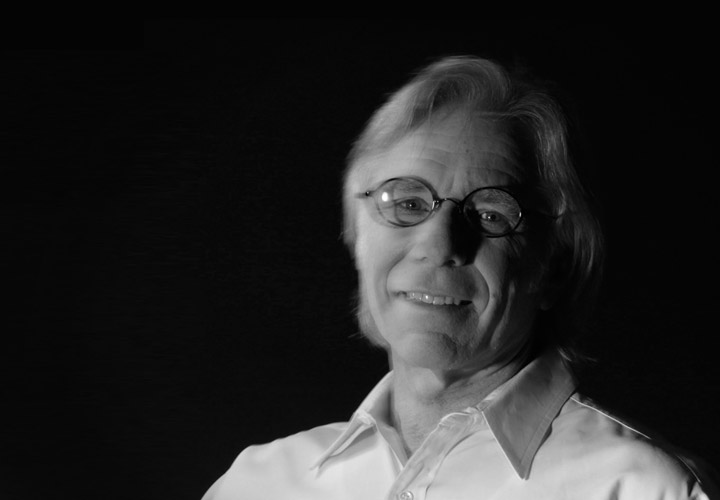
We went Behind the Design to learn more about this line with Boyd's leading designer, Doyle Crosby.
If you could describe Boyd Lighting in three words, what would they be?
I don’t know - if I characterize my own work for Boyd there are five things I strive for: beauty, elegance, refinement, impeccable proportions and “numinosity” (I am a fan of Carl Jung). Three words would be difficult.
What's your favorite facet of Boyd as a whole?
Boyd Lighting offers me a unique opportunity because quality in design, materials and manufacturing is what we are all about. Aesthetics, performance and craftsmanship are key in everything we produce. We don’t skimp or cut corners. We go the extra mile to attend to the details. Our focus is on elegance, sophistication, refinement and substance; and we place a high premium on originality and innovation in both aesthetics and function. This gives me freedom to do things that I could not do elsewhere. I really feel like I was born to do this…here.
You've been with Boyd for more than 25 years now…how have you seen the company's designs evolve during that time?
The need for energy efficiency is driving change in lighting technology which ultimately will drive design. Advances in technology have really taken off in the last few years and the progress seems to be accelerating. This has created a great deal of turmoil in the industry. There is no way to know what new sources will become available and it is difficult to know what impact they will have on lighting design as a whole. LEDs are the biggest thing happening at the moment and our suppliers are upgrading their lighting packages monthly. The new LED packages available today are enabling us to do things that we could not have done a couple of months ago.
The aesthetic side of the equation is always evolving but I think this is a particularly interesting point in time. On one hand, there has not been any major new movement in design in quite some time. On the other hand, globalization has caused unprecedented interaction between cultures and this has resulted in a flood of new influences as well as new markets. Perhaps there are so many cultural perspectives in the world market that it can’t coalesce around a new design direction until our various perspectives have begun to meld into one. Since new movements in art and design arise in reaction to the status quo, we may need to develop a global status quo to which we can react. For now, I welcome and embrace the opportunity to explore, reinterpret and apply these perspectives to my own designs. I feel there is great freedom and much possibility in that.
Between the designers, craftsmen and artisans, what does the creation process look like at Boyd?
New concepts are presented to our selection team. This is a cross-functional group which provides perspectives from Marketing, Sales, Engineering and Manufacturing, and Design (that would be me). Our CEO Jay Sweet makes the final product selection decisions, informed by the teams input. Products that are selected for development go to the engineering department and are assigned to a product engineer. There is interaction between the designer and the engineer as the assembly drawing and part drawings are produced. A prototype is made, tested and sent back to the selection team for review. At that point, it is either accepted, rejected or sent back to engineering for changes. Once a prototype is approved, the product has to be configured in our software system. This involves creating part numbers for each part and linking them up with our inventory system and our manufacturing system. This all amounts to defining the processes and steps by which the item is ordered and manufactured. Photo samples are built and photographed and the product literature is produced. Samples are also sent to UL for testing.
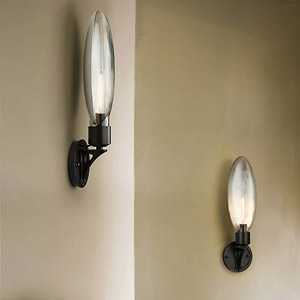
Tell us more about your interest in Steampunk and how you dreamed up the Steampunk Wall Sconce for Boyd.
I’ve always enjoyed the works of authors like H.G. Wells or Jules Verne, and this sconce, my first fixture in the “Steampunk” style, is based on the retro-futuristic technologies found in those works. Its oval glass diffuser and its riveted bracket, was envisioned as the perfect hospitality piece, and has a Victorian-meets-new-age vibe. I have actually designed a whole series of Steampunk fixtures some of which are too over-the-top to be feasible for mass production.
What is your philosophy of design?
I believe it is important to be aware of the difference between Design and Art. Art is about self-expression; Design is about customer satisfaction. Self-expression can play an important role in design, but it is a means to an end, not an end in itself. That being said, designing light fixtures, especially here at Boyd Lighting, involves somewhat more opportunity for self-expression than many other areas of design. With decorative lighting, the aesthetics are actually an essential part of the function and purpose of the product—in some cases, the primary part.
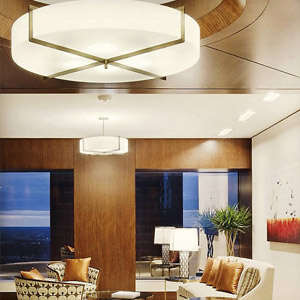
I have drawn inspiration from everything from jewelry to buildings to scuffs on the bathroom floor. But, I would say that the main thing I look at is context. I want whatever I am designing to fit into the spaces that our clients are creating or augmenting. So I look at what is going on in interior design. I look at spaces and furnishings (and sometimes artwork). That is often what sparks new ideas. I avoid looking at current offerings in the light fixture market because we want our designs to be unique. I do sometimes get ideas from antique fixtures.
I also look at current design trends. When I see a new movement arising, I try to immerse myself in it and locate for myself what is essential to it. I then try to strip down and refine whatever there is about it that appeals to me. I usually try to present that in a form that is somewhat familiar or classical.
"For me, design is, in part, a balancing act."
What emotions do you hope your designs evoke in people?
I try to walk the line between edgy and comfortable—pushing the envelope without going over the top. For me, design is, in part, a balancing act. I want to excite our customers with something new and different, but I don’t want to scare them away. I want my fixtures to thrill.
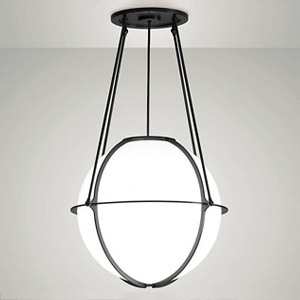
What does your home look like?
I live in an Eichler with two teenage sons, so you can imagine lots of glass straight walls, wood and some guitars, lots of sneakers and socks.
What design tips would you give to someone considering Boyd fixtures for their home?
Performance, aesthetics, longevity and efficacy are all important considerations and the order of importance may vary depending upon the application and the person or persons who are choosing.
It is perfectly legitimate to emphasize any or all of these considerations. I would say, first make sure that there isn’t anything about the fixture that you won’t want to live with. You probably won’t be happy with a beautiful fixture if it hurts your eyes to use it. Conversely, you probably will not be satisfied with a fixture that performs well if you don’t like the way it looks in the space it occupies. You may not want to pay the premium for a really well built fixture if it is only going to be used temporarily. But, you will not be happy with a fixture that only lasts a short time if you intend to keep it for a long time. Efficacy is more important to some people than to others. It is also more important for a fixture that is turned on a lot than for one that is turned on only occasionally. So, I would recommend that you take a good look at each of these four aspects before choosing.

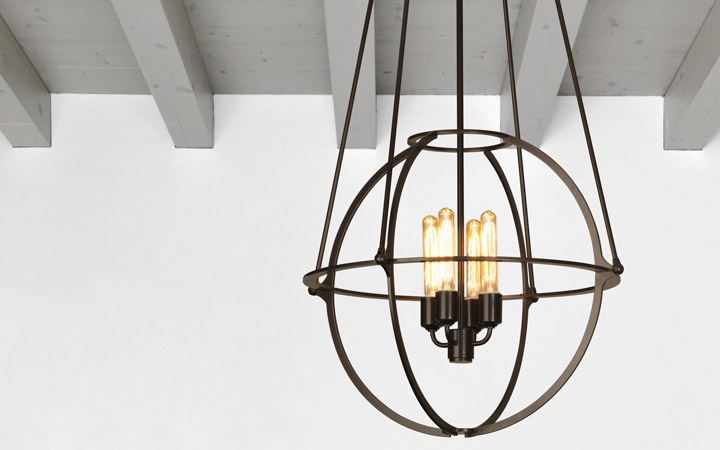
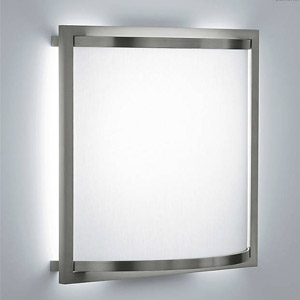 Frame Wall Sconce
Frame Wall Sconce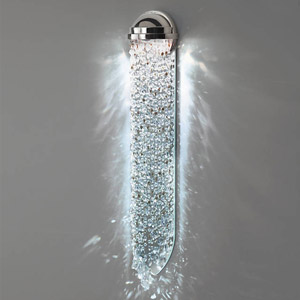 Shimmer Wall Sconce
Shimmer Wall Sconce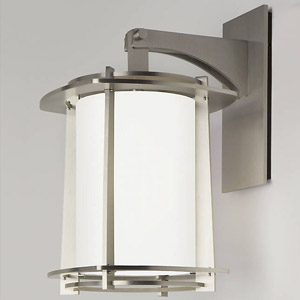 Premier Wall Sconce
Premier Wall Sconce

